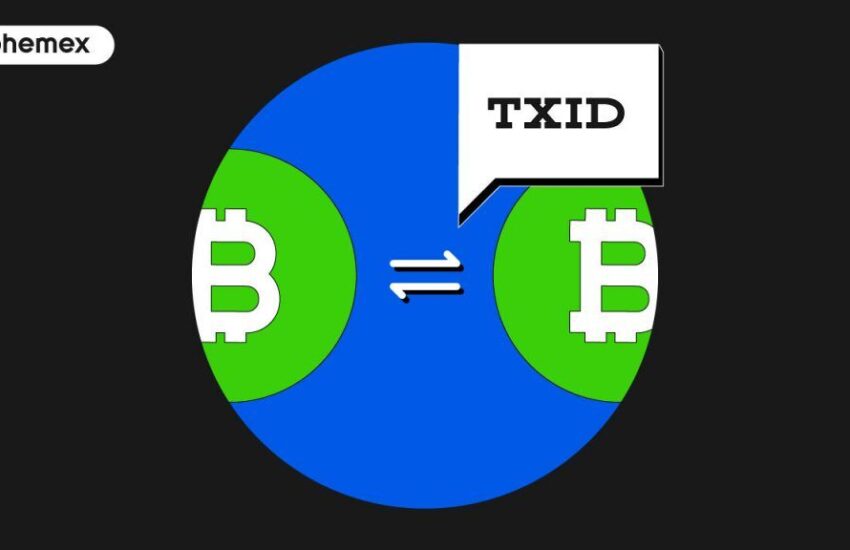A Transaction ID, often abbreviated as Tx ID, is a unique alphanumeric code generated to identify and track a specific transaction within a system or network. It serves as a crucial reference point for both users and the underlying infrastructure, facilitating the retrieval of detailed information regarding a particular financial or data-related exchange.
When a transaction is initiated, whether it involves a monetary transfer, data exchange, or any other form of interaction within a system, a unique TX ID (Transaction ID) is created. This ID is typically composed of a combination of letters, numbers, and special characters, ensuring that it is distinct and identifiable.
One of the primary purposes of a Transaction ID is to enable users and administrators to retrieve specific details about the transaction in question. This retrieval process plays a vital role in various scenarios, including auditing, dispute resolution, and post-transaction analysis.
To access transaction details using a Transaction ID, users typically interface with the system or platform through which the transaction occurred. They input the Transaction ID into a designated search or query field, prompting the system to initiate a search for the associated record. This search query leverages the unique identifier to pinpoint the exact transaction in the system’s database.
Once the system locates the corresponding Transaction ID, it can retrieve a wealth of information related to the transaction. This may include but is not limited to:
- Transaction Amount: The monetary value associated with the transaction, crucial for financial reconciliation and auditing purposes.
- Timestamp: The date and time at which the transaction occurred, providing a chronological record for reference.
- Sender and Recipient Details: Information about the parties involved in the transaction, such as account names, email addresses, or unique identifiers.
- Transaction Status: Whether the transaction was successful, pending, or encountered an error or exception.
- Transaction Type: A categorization of the transaction, indicating whether it involves a payment, data transfer, or another form of interaction.
- Associated Fees: Any charges or fees associated with the transaction, which may include processing fees or transaction costs.
- Transaction Notes or Comments: Additional information or remarks provided by the sender or recipient during the transaction.
- Transaction Location: Details about the geographical location or network node from which the transaction was initiated.
- Confirmation Codes: Unique codes or tokens generated as part of the transaction process, which may be used for verification or validation purposes.
By leveraging the Transaction ID, users gain access to a comprehensive record of the transaction’s lifecycle. This information is invaluable for various stakeholders, including users, administrators, auditors, and customer support teams. It allows for the verification of transaction details, resolution of discrepancies, and facilitates compliance with regulatory requirements.
Moreover, Transaction IDs are instrumental in maintaining the integrity and security of financial and data-related systems. They serve as a foundational element in transaction tracking, enabling systems to maintain an accurate and verifiable ledger of all interactions.
In conclusion,
A Transaction ID is a powerful tool that empowers users and administrators to retrieve specific details about a transaction. Through its unique alphanumeric code, it acts as a key to unlock a wealth of information related to the exchange, offering transparency, accountability, and security within financial and data-driven ecosystems.

